TV

Grade: B+: The new drama series The Tunnel debuted on PBS last Sunday night having originally aired in the UK back in 2013. Based on the Danish/Swedish series The Bridge which was also turned into a series that aired here in the US on FX also back in 2013, The Tunnel moves the action to a deep and quite dark tunnel.
Here, a body is found in a service tunnel of the Channel Tunnel that connects the UK to France. Half of the body is lying on the British side and the other half on the French which means that Elise Wassermann (Clémence Poésy) a French detective and Karl Roebuck (Stephen Dillane) a British one are both assigned the case. And when it turns out in a rather ghoulish way that there isn’t just one body, there’s actually two, and a bomb is placed in the car of a popular English writer things might be more complex than their case might have first seemed to be.
I watched the FX series The Bridge when it first debuted also in 2013 and thought it was all right. That series took place on the border between the US and Mexico and since it was also based on the Danish/Swedish series had most of the same plot-points as The Tunnel. The US series had interesting moments, but what lost me was the idea that the murderer had this almost supernatural way of doing things and the character of Sonya Cross (Diane Kruger) who had absolutely no social skills whatsoever which meant that I watched about half the first season and gave up on it.
While the British series is also based on the Danish/Swedish The Tunnel is like a distant echo of the US series and after one episode seems much more watchable.
The Elise character in The Tunnel still has her quirks but she’s no where near as anti-social or distant as the Sonya one was in the US show. I remember it being mentioned several times in marketing materials for The Bridge that Sonya was supposed to be slightly autistic which Kruger played up well in the show. Except I could never imagine that her character would ever have been able to relax enough or make enough friends on the police force to advance in the ranks to be a detective — or even a street cop for that matter. There’s a lot more that goes into getting a job like that than being great at it, and all Sonya had was that she was the perfect detective but no one could stand being around her.
In The Tunnel, while the Elise character still has some of those same quirks — she’s almost robotic in the way that she talks to people and doesn’t understand visual cues on how to act — her character still feels that she might have some social skills and could maybe have realistically made her way up the ranks to be a detective. Or at least this would have been possible in the universe of the show.
The one part where The Tunnel and The Bridge do seem to share some story is the idea that the killer is this high-tech super-ninja able to do just about anything with computers. To the point where in the first episode of The Tunnel he takes over someone’s car to the point that the police can’t get him out.
This part stretched the story a bit, but since this was the only beat that seemed off I was able to overlook it. Plus Dillane, whom up until this point I was only really familiar with in his role of gruff, dangerous Stannis Baratheon in Game of Thrones is really good in The Tunnel. Here, he plays a seasoned detective who’s lighthearted, the opposite of Elise, works on instinct more than the “book” but is just as good at his job as she is hers.
I can’t tell you how weird it is to know that the US The Bridge and the UK The Tunnel came out the same year. It means that in all likelihood neither would have been able to “steal” anything from the other show. So it’s interesting to see how both shows handled the material.
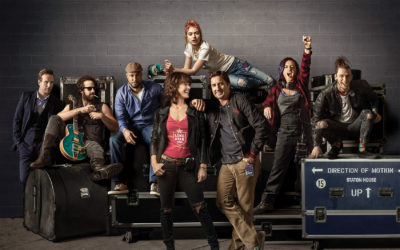
Grade: B: The Showtime series Roadies debuts tonight (6/26) but the pilot episode’s been available via YouTube for some time now. This series, created by Cameron Crowe, feels very much like an extension of his movie Almost Famous (2000), and I mean that in a mostly good way.
Roadies focuses on the backstage hands who travel city to city building and tearing down the stage for an arena rock band. An ensemble cast is lead by Luke Wilson and Carla Gugino as Bill and Shelli respectively, the two responsible adults trying to keep their group of quirky younger technicians working together under tight deadlines. One of these techs Kelly Ann (Imogen Poots) has decided to leave the tour and go to film school since she’s lost her passion for the music while Bill is starting to question his role in the tour too. The question is will Bill or Kelly Ann leave or will they stay with the group of “lost boys” who never have to grow up and are always having fun at the show?
Since you probably recognize the names of Luke Wilson and Imogen Poots, I’ll let you guess if they stay or not. (Hint — they stay.) And I think that’s part of the problem I had with Roadies, or at least a problem I see having with Roadies; I’m not quite sure where the series is headed from here?
Like I said I enjoyed this first episode. It feels a lot like the backstage goings on in Almost Famous but shifted from the early 1970s and updated for 2016. And since I loved Almost Famous I suppose I was destined to like Roadies too. But I’m not sure where the series goes now? The story of the first episode seemed to have a beginning middle and an end. And the introduction of a corporate “suit” Reg (Raf Spall) who’s there to stress the “branding” of the band the roadies are supporting and cut costs seems a bit cliched and toothless. Of course Reg doesn’t know anything about music and of course Kelly Ann’s able to give him a tongue lashing like no other. He’s the bad guy in a suit and she’s the girl with spunk.
What would’ve been interesting is if Reg were a music fan, knew more about music than the roadies and had still been the way he was. But I digress.
But other than the threat of Kelly Ann and Bill leaving, which is resolved by the end of the episode, and Reg there’s not much else going on in the first episode. So, will future episodes of Roadies focus on different venues then, and different goings-on behind the scenes? Or will the story be about Reg trying to control the roadies? I wasn’t sure which is a red flag for me.
One thing I did like was the episode starts when everyone waking up the morning of the show and reveals what a day of a roadie looks like from start to finish heavy lifting and all. Which was interesting. I kind’a wonder if future episodes will also employ this format?
Movies
The Girl with all the Gifts movie trailer
28 Months Later?
Jack Reacher: Never Go Back movie trailer
“Two things are going to happen in the next 90 seconds…”
The Reading List
Russia Actually Lights Rockets With an Oversized Wooden Match
This week in pop-culture history
- 1972: Conquest of the Planet of the Apes opens in theaters
- 1987: Innerspace opens in theaters
- 1999: The last episode of Star Trek: Deep Space Nine airs
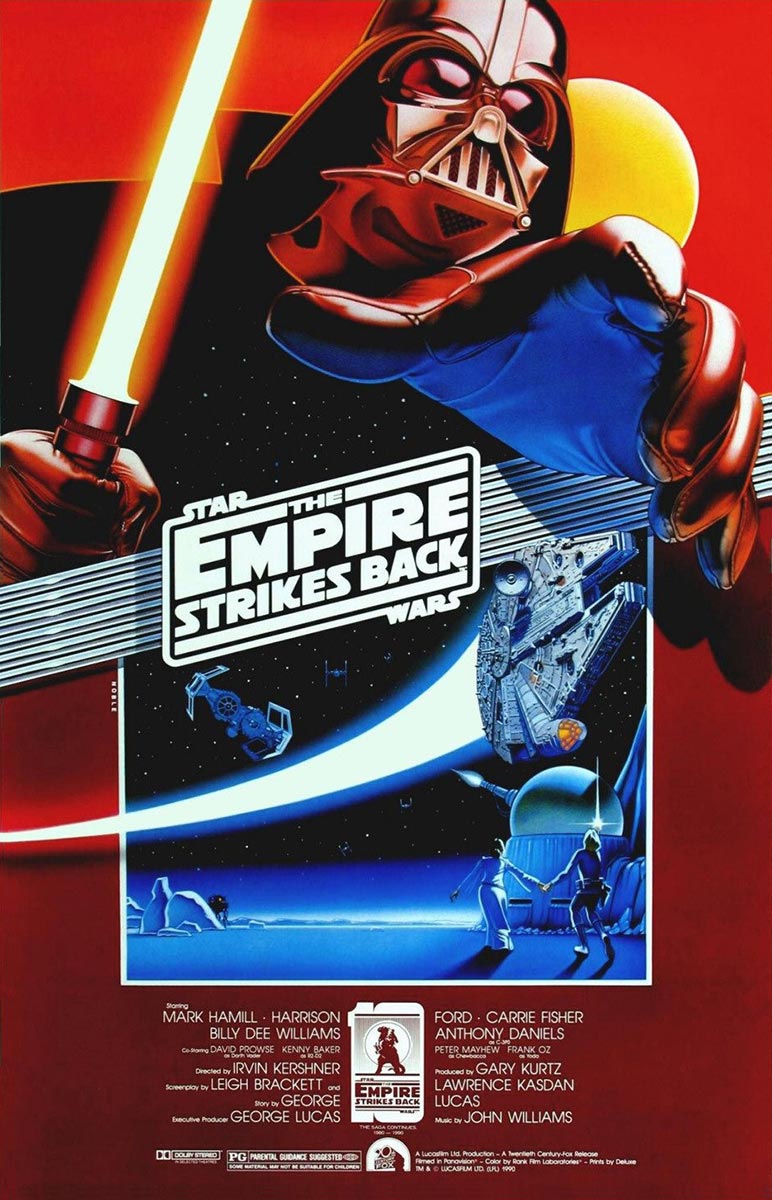
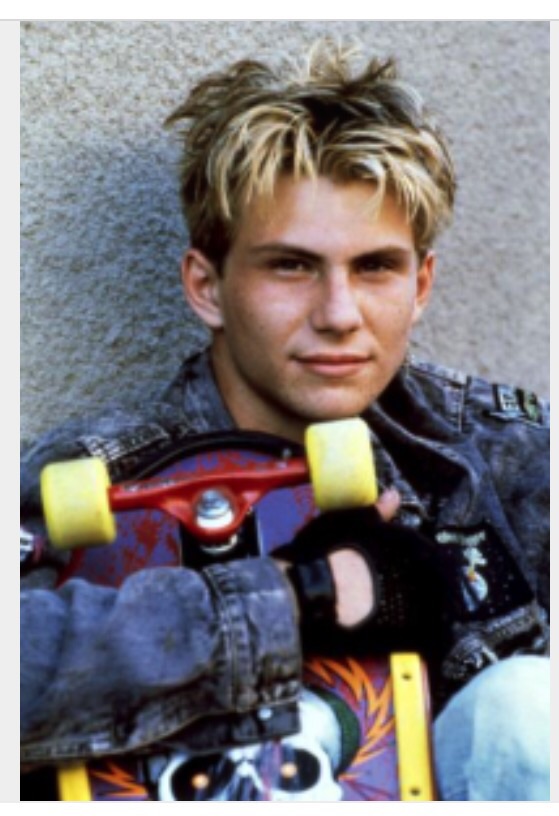
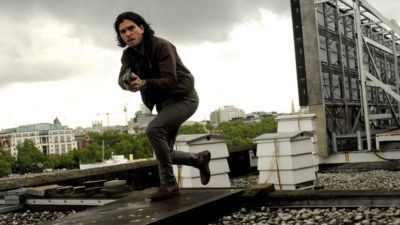 I finally caught up with this movie based on the British TV series MI–5 or Spooks, depending on where you live, from 2015. This film stars Kit Harington of Game of Thrones as Will Holloway, an ex-secret agent brought into the fold when things go wrong, people die the head of MI–5 Harry Pearce (Peter Firth) goes on the run.
I finally caught up with this movie based on the British TV series MI–5 or Spooks, depending on where you live, from 2015. This film stars Kit Harington of Game of Thrones as Will Holloway, an ex-secret agent brought into the fold when things go wrong, people die the head of MI–5 Harry Pearce (Peter Firth) goes on the run. Another movie from last year that I just caught up on was Everest. And, unlike MI–5, I thought Everest was really good.
Another movie from last year that I just caught up on was Everest. And, unlike MI–5, I thought Everest was really good.


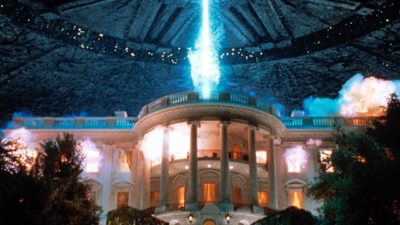 Later on in 1996 when ID4 was being released on VHS the excitement over that movie coming out on home video was palpable too. I remember standing in the lobby of a OnCue and watching the VHS commercial/trailer for ID4 over and over and over again. I bought ID4 when it came out on VHS and even “upgraded” my purchase years later by buying a bootleg VHS director’s cut of the movie dubbed from Laserdisc.
Later on in 1996 when ID4 was being released on VHS the excitement over that movie coming out on home video was palpable too. I remember standing in the lobby of a OnCue and watching the VHS commercial/trailer for ID4 over and over and over again. I bought ID4 when it came out on VHS and even “upgraded” my purchase years later by buying a bootleg VHS director’s cut of the movie dubbed from Laserdisc.